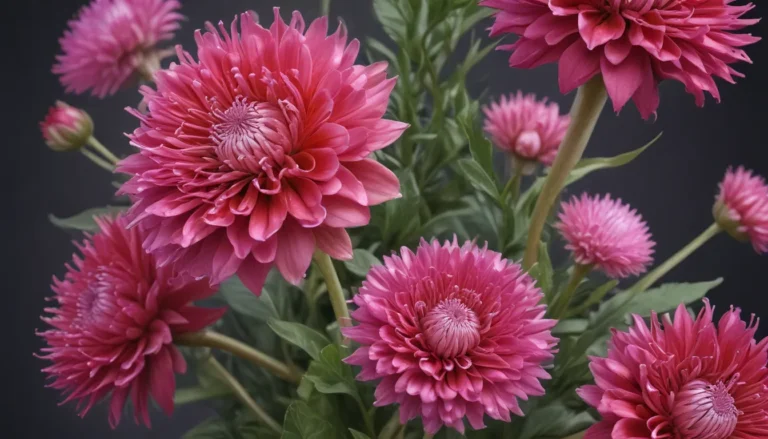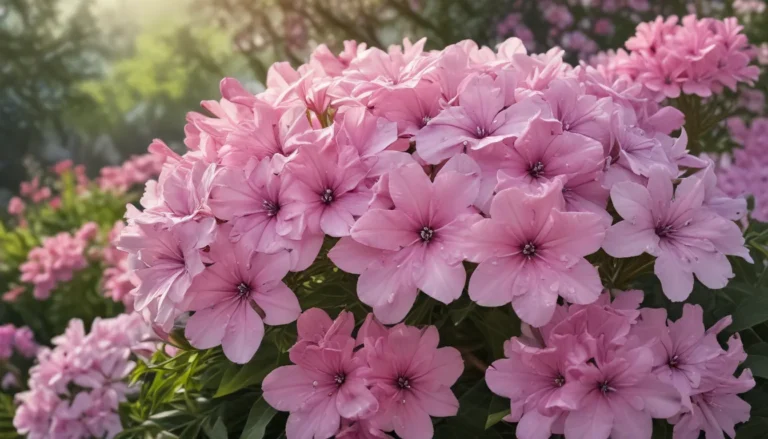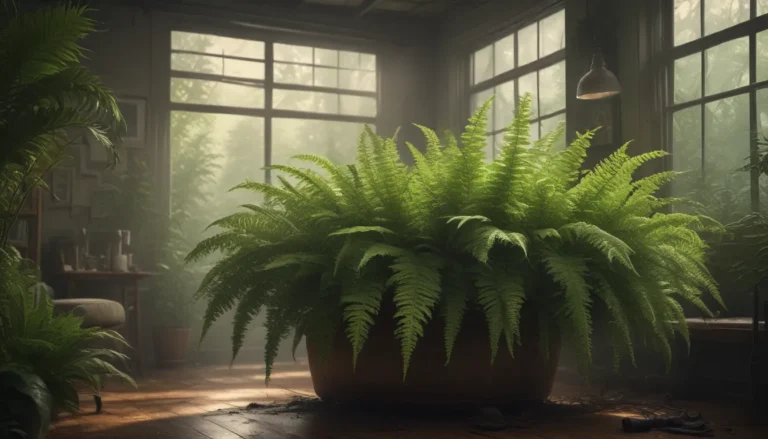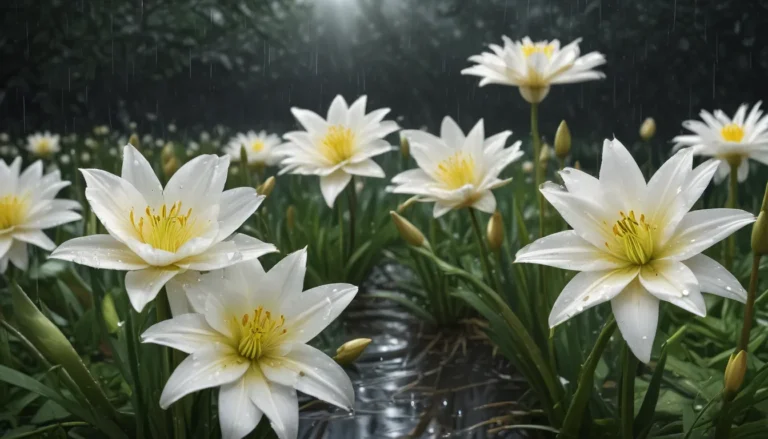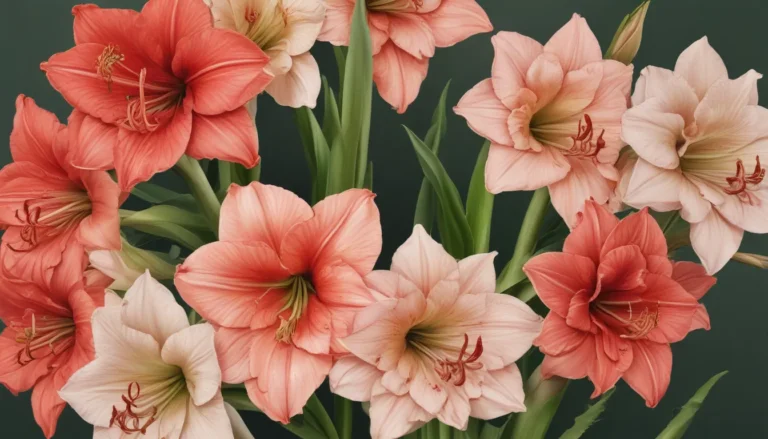The pictures we use in our articles might not show exactly what the words say. We choose these pictures to make you interested in reading more. The pictures work together with the words but don’t take their place. The words still tell you the important facts.
If you are a plant enthusiast or simply appreciate the beauty of nature, the Japanese Maple tree, scientifically known as Acer palmatum, is sure to captivate your attention. This stunningly beautiful tree, native to Japan, has become a symbol of elegance and tranquility in gardens and landscapes worldwide. In this article, we will explore the remarkable traits, intriguing history, and enduring popularity of the Japanese Maple by revealing 14 unbelievable facts that highlight its unique characteristics.
The Allure of Japanese Maple Trees
Japanese Maple trees are renowned for their incredible diversity, with over 1,000 cultivars available, each offering its own unique characteristics and visual appeal. From vibrant reds to delicate lacy foliage, there is a Japanese Maple for every taste and garden aesthetic. These trees can live for over 100 years with proper care, becoming cherished heirlooms in landscapes and gardens. Their ability to change colors throughout the seasons and adapt to various soil conditions makes them a low-maintenance and captivating choice for home gardens.
Unveiling the Beauty of Japanese Maple Leaves
One of the most remarkable qualities of the Japanese Maple is its stunning array of colors and leaf shapes. From the vibrant reds and oranges of the Bloodgood variety to the delicate lacy foliage of the Filigree cultivar, the leaves of Japanese Maples exhibit a fascinating range of shapes. Some have palmate leaves, which resemble the shape of a hand with lobes radiating from the center, while others have dissectum leaves, which are deeply cut and lacy in appearance.
The Cultural Significance of Japanese Maple Trees
In Japanese culture, the Japanese Maple holds significant symbolism and is associated with grace, beauty, and tranquility. It is often featured in Japanese gardens as a focal point or used in bonsai cultivation. Bonsai enthusiasts adore Japanese Maple trees for their delicate and intricate foliage, which make them ideal candidates for bonsai cultivation. Their small size, fascinating branching patterns, and vibrant colors make them highly sought after in the bonsai community.
Tips for Growing and Caring for Japanese Maple Trees
Japanese Maples thrive in partial shade, preferring locations with dappled sunlight or afternoon shade to prevent leaf burn and keep the tree healthy and vibrant. They are generally low-maintenance, requiring moderate watering, occasional pruning to maintain shape, and protection from harsh winds. Japanese Maples can also be propagated from seeds, cuttings, or grafting techniques to combine desirable characteristics from different varieties.
Japanese Maples in Landscaping and Indoor Settings
Due to their striking appearance, Japanese Maples are commonly used in landscaping projects to add beauty, elegance, and color to gardens, parks, and residential areas. Their ornamental value and unique characteristics make them prominent features in both traditional and modern gardens. While they are typically outdoor trees, certain dwarf Japanese Maple varieties can thrive indoors as houseplants, bringing a touch of nature to any indoor space.
Frequently Asked Questions About Japanese Maple Trees
-
How tall does a Japanese Maple tree grow? Japanese Maple trees typically grow to a height of 10 to 25 feet, depending on the specific cultivar and growing conditions.
-
What is the best time to prune a Japanese Maple? It is best to prune a Japanese Maple tree during late winter or early spring, before new growth begins.
-
Are Japanese Maple trees hard to grow? While Japanese Maple trees have specific care requirements, they are generally considered moderately easy to grow with proper care.
-
Can a Japanese Maple tree be grown in a container? Yes, Japanese Maple trees can be successfully grown in containers with proper care and attention to their needs.
-
Are Japanese Maple leaves always red? No, Japanese Maple leaves can come in a range of colors, including red, green, purple, and variegated combinations, and their color can change throughout the seasons.
Dive Deeper into the World of Japanese Maple Trees
The Japanese Maple is truly a remarkable tree, filled with beauty, history, and symbolism. Its distinct features and vibrant colors make it a highly sought-after addition to any garden or landscape. Whether you are a seasoned gardener or just beginning to explore the wonders of nature, the Japanese Maple's unique characteristics are sure to captivate your attention and leave you in awe. Explore even more incredible truths about these enchanting trees and discover how you can incorporate them into your own landscape to create a stunning and tranquil environment.
Experience the Magic of Japanese Maple Trees
As you delve further into the enchanting world of Japanese Maple trees, you'll uncover their captivating beauty, rich history, and enduring popularity. From their ability to thrive in various climates to the symbolic meanings behind their vibrant colors, there's a wealth of knowledge waiting to be explored. Whether you are seeking to enhance your garden's elegance or simply appreciate the wonders of nature, Japanese Maple trees offer a unique and inspiring addition to any landscape. Embrace the magic of these remarkable trees and let their beauty transform your outdoor space into a tranquil sanctuary of grace and beauty.
Was this page helpful?
Our commitment to delivering trustworthy and engaging content is at the heart of what we do. Each fact shared here is contributed by real users like you, ensuring a diverse and insightful collection of information. With our dedication to quality and authenticity, you can trust in the accuracy and reliability of the facts we present. Explore, learn, and grow with us as we continue to share fascinating insights and valuable knowledge on a wide range of topics.

